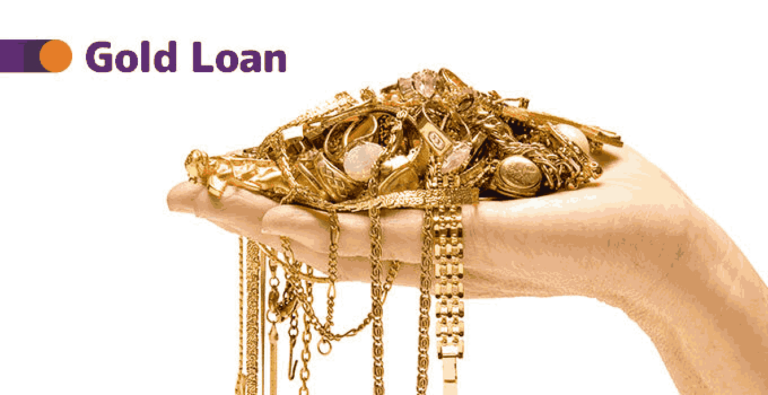
Table of Content
Gold has been revered throughout history for its intrinsic value and enduring allure. Whether you have a passion for collecting, are an investor, or simply want to verify the authenticity of your gold coin, assessing its purity holds significant importance. In this blog, we will delve into several dependable methods to know how to check gold coin purity. Equipping you with this knowledge will empower you to make well-informed decisions confidently regarding gold coin purity checks.
A widely used and straightforward method to assess the purity of a gold coin involves checking for a hallmark. A hallmark is a small stamp or mark imprinted on the coin by the mint, indicating its purity and authenticity. In most countries, hallmarks are a legal requirement for precious metal items. For example, in the United States, you may find stamps like “999” or “24K,” indicating 99.9% purity (24 karats), and “585” representing 58.5% purity (14 karats).
The magnet test is a straightforward and initial assessment to identify any magnetic materials in a gold coin. Pure gold itself is not magnetic, so if the coin is drawn towards a magnet, it raises suspicion about potential impurities or the presence of a different metal. It’s important to note that while this test can help detect counterfeit gold coins that might contain iron or other magnetic elements, it doesn’t provide a definitive measure of the coin’s actual purity. As such, the magnet test serves as a quick and convenient way to flag potential issues but should be followed by more accurate methods for a comprehensive evaluation.
The density test is a highly accurate and reliable method used to verify the purity of gold in a coin. This technique involves precisely measuring the coin’s density and then comparing it to the known density of pure gold. Professional jewelers and gold dealers use specialized tools like precision scales and displacement fluids to carry out this assessment. Since different metals possess distinct densities, the density test effectively helps identify any non-gold elements in the coin. By determining whether the coin’s density aligns with that of pure gold, experts can gauge its authenticity and overall purity. Consequently, the density test is a valuable means of ensuring the legitimacy and quality of a gold coin.
The acid or scratch test is a reliable method commonly used to test gold purity. It involves scratching the coin’s surface and applying different acids with varying concentrations. Each acid reacts differently based on the gold’s purity, leaving distinctive marks or colors on the scratch.
Conducting this test with caution is essential, as it slightly damages the coin’s surface.
The X-Ray Fluorescence (XRF) test is a cutting-edge and non-destructive method used to determine the purity of a gold coin with exceptional accuracy. This advanced technique employs X-rays to analyze the coin’s composition without causing any harm to its physical integrity. By utilizing specialized XRF machines, experts can precisely identify the elemental composition and the percentage of each element in the gold coin. As a result, you gain precise and reliable information about the coin’s purity, giving you the confidence to assess its value and authenticity.
Fire Assay, also called cupellation, stands as one of the oldest and most reliable methods professionals employ to ascertain the purity of gold. This highly accurate process involves melting the gold coin in a controlled environment, separating impurities and non-gold metals from the precious metal. Though Fire Assay yields precise results, it is essential to note that it can be relatively expensive and time-consuming. Therefore, it is commonly used by specialized laboratories and institutions rather than individual coin owners.
The ultrasound test is yet another non-destructive method, utilizing high-frequency sound waves to determine the density of a gold coin. This test effectively detects any inconsistencies in density caused by impurities or non-gold metals within the coin. By analyzing the acoustic properties of the gold coin, experts can draw valuable insights into its purity without causing any harm to its physical state. The ultrasound test offers a convenient and reliable option for evaluating the authenticity and quality of a gold coin without the need for extensive procedures.
Safeguarding yourself from potential counterfeits or impurities in a gold coin is paramount. Fortunately, dependable methods are available, each suited to your available resources and preferences. These methods include conducting hallmark checks, magnet tests, density tests, acid tests, XRF tests, and ultrasound tests. When uncertainty arises regarding how to check gold coins, seeking guidance from a professional jeweler or appraiser is highly advisable. Their expertise will provide you with precise and reliable assessments. Armed with this crucial knowledge, you can confidently explore the purity of a gold coin, making well-informed decisions for your investment or collection endeavors.
![]() IIFL Customer Care Number
IIFL Customer Care Number
(Gold/NCD/NBFC/Insurance/NPS)
1860-267-3000 / 7039-050-000
![]() IIFL Capital Services Support WhatsApp Number
IIFL Capital Services Support WhatsApp Number
+91 9892691696
IIFL Capital Services Limited - Stock Broker SEBI Regn. No: INZ000164132, PMS SEBI Regn. No: INP000002213,IA SEBI Regn. No: INA000000623, SEBI RA Regn. No: INH000000248, DP SEBI Reg. No. IN-DP-185-2016, BSE Enlistment Number (RA): 5016
ARN NO : 47791 (AMFI Registered Mutual Fund Distributor), PFRDA Reg. No. PoP 20092018

This Certificate Demonstrates That IIFL As An Organization Has Defined And Put In Place Best-Practice Information Security Processes.